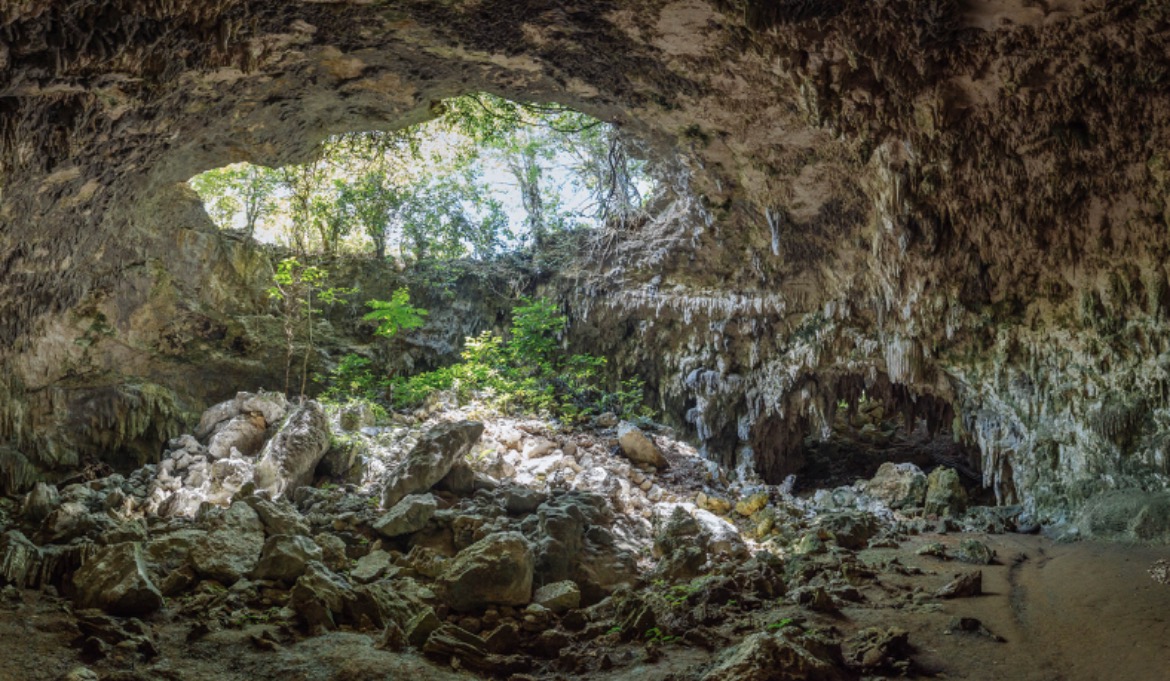Skeletal remains of ancient humans may have been used as tools by earlier generations, according to researchers in Spain.
The Switzerland-based researchers from the University of Bern examined remains found in Spain, in close proximity to the city of Granada.
However, research proves that using caves for burial sites was a common practice. According to a study published in PLOS ONE, a peer reviewed scientific journal, caves were used as burial sites for thousands of years in the Iberian Peninsula.
The researchers found “intentional post-mortem modifications to the bones” on the remains of at least a dozen individuals. The skeletal remains are estimated to date back to 5,000 BC through 2,000 BC.
The modifications to the bodies included fractures and scrapes, an indicator to researchers that there may have been efforts to extract marrow and other tissues.
Marco Miella, a physical anthropology researcher at University of Bern, said the tibia, bones that connect the knee and ankle, were modified to be used as a tool.
In addition, researchers of the findings say that the craniums, or skulls, were altered as well.
“In our case, we know that the cranium was modified,” Miella said. However, he believes that due to the lack or record on the matter, researchers need to “be open about a whole range of explanations regarding the reason for this action.”
Though the reasoning for these ancient practices aren’t known just yet, these findings are consistent with other evidence found in caves sites in the southern Iberian Peninsula.
“Modification and manipulation of human remains are indeed well known for this time, with examples also from the same region,” he says.
The modification of human remains became common around 4,000 BC, but it is still unclear to researchers at this time the reasoning behind the system.

















